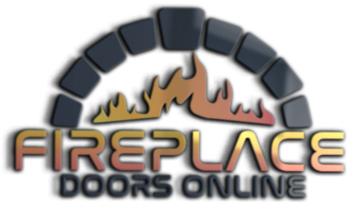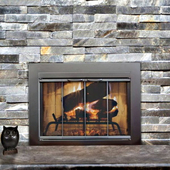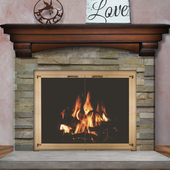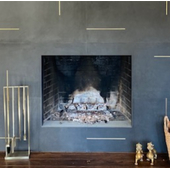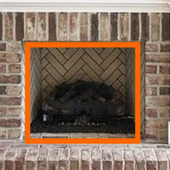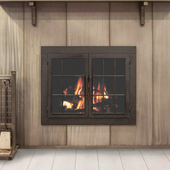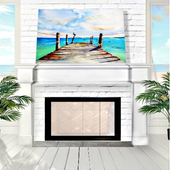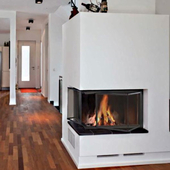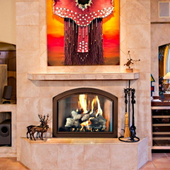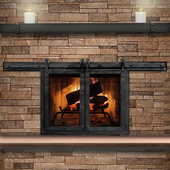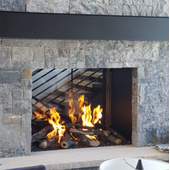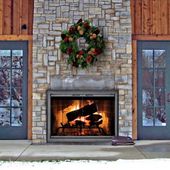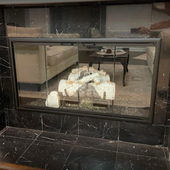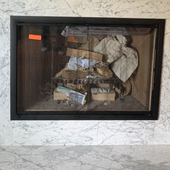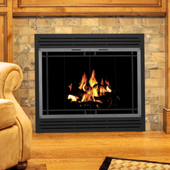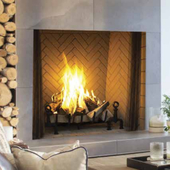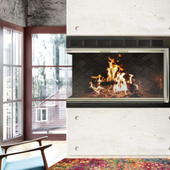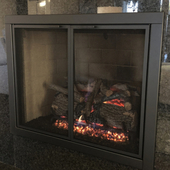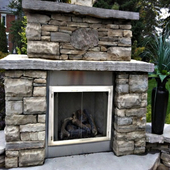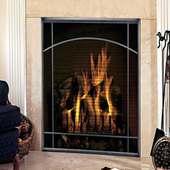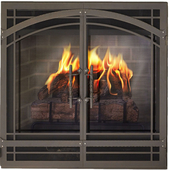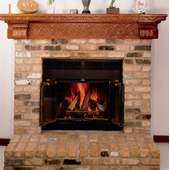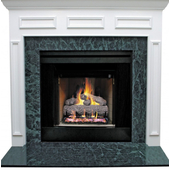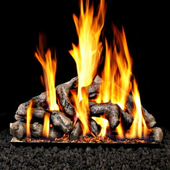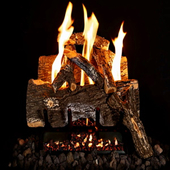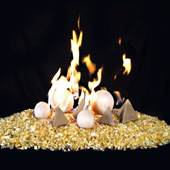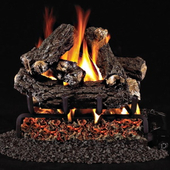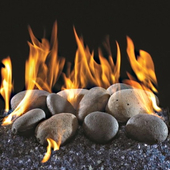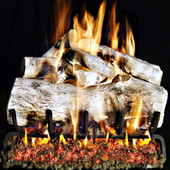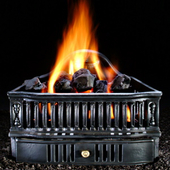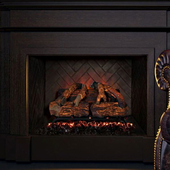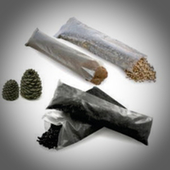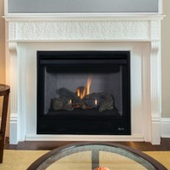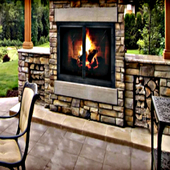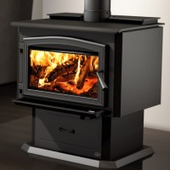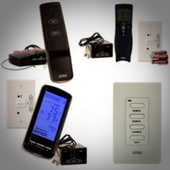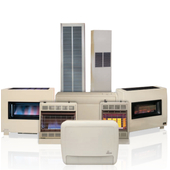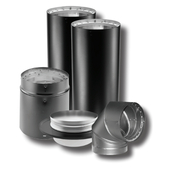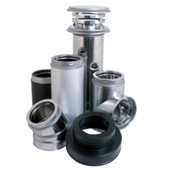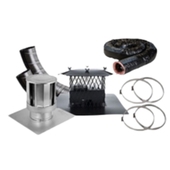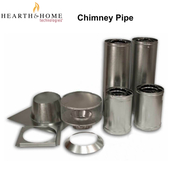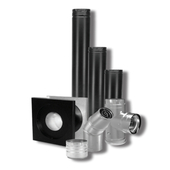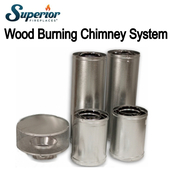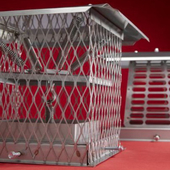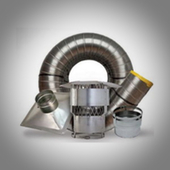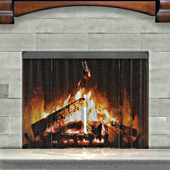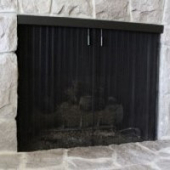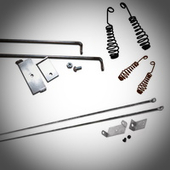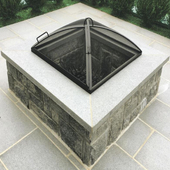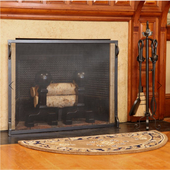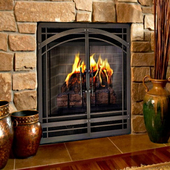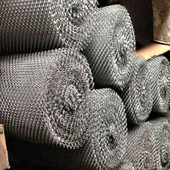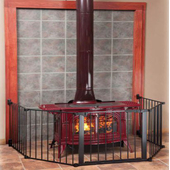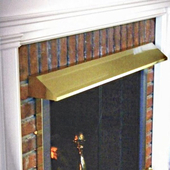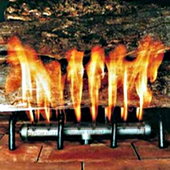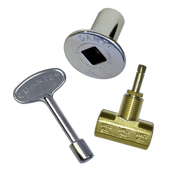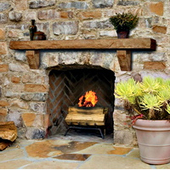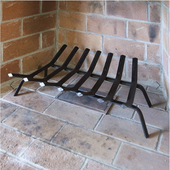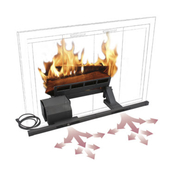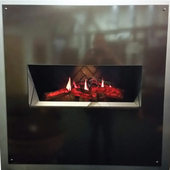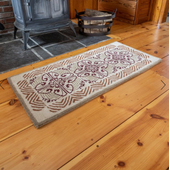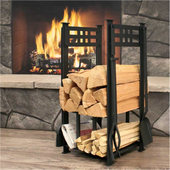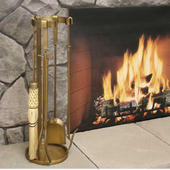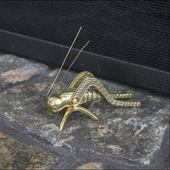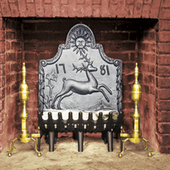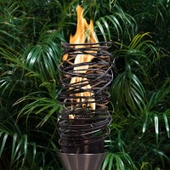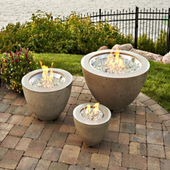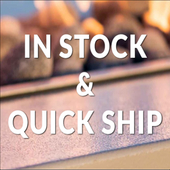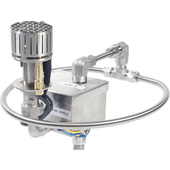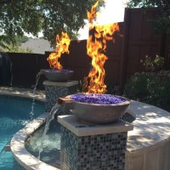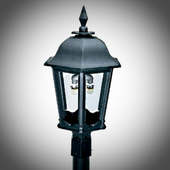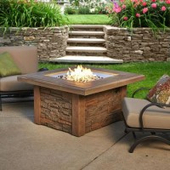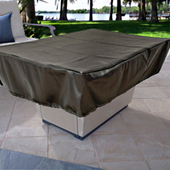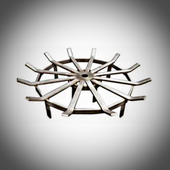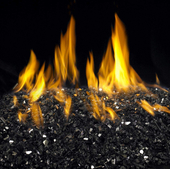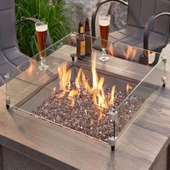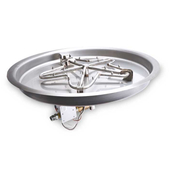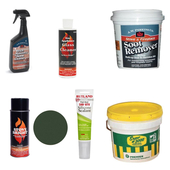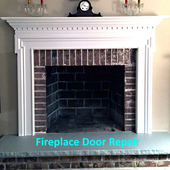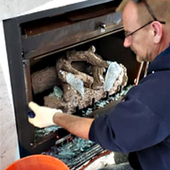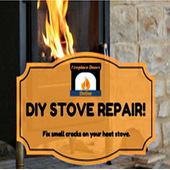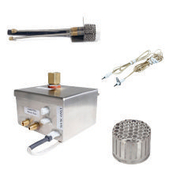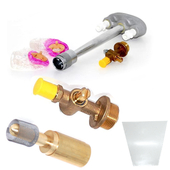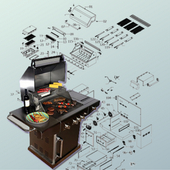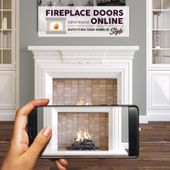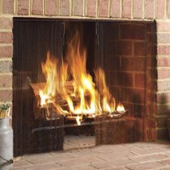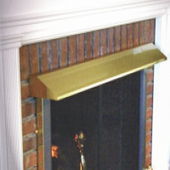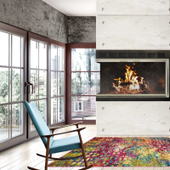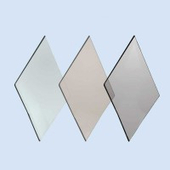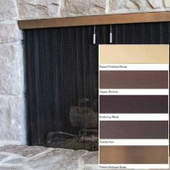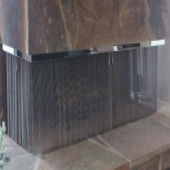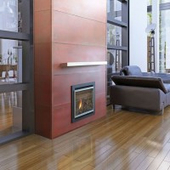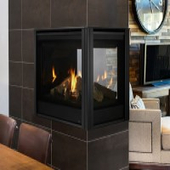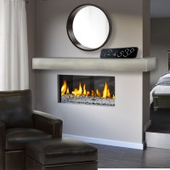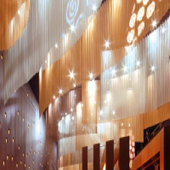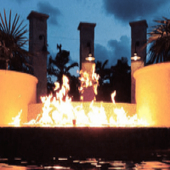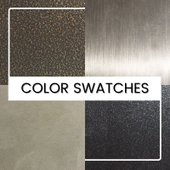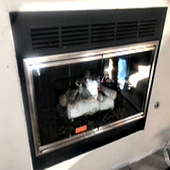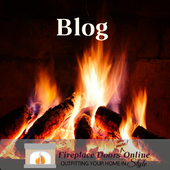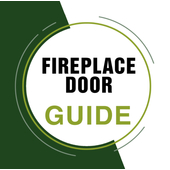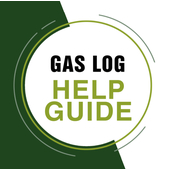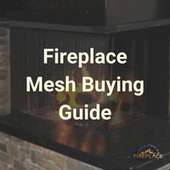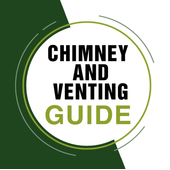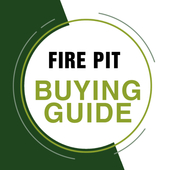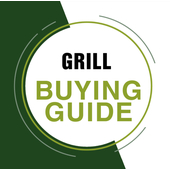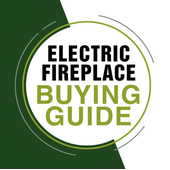6" x 12" DVL Double-Wall Black Pipe (6DVL-12)
Designed for installation with minimum clearance to combustibles (6” to walls, 8” from top of horizontal run to ceiling). Available in 6”, 7”, and 8” diameters. Subtract ¾” for installed length. Constructed with a stainless steel inner wall.
Features:
DVL Double-Wall Black Pipe is a type of venting system commonly used in residential and commercial heating applications. It is specifically designed for use with wood-burning stoves, fireplaces, and other heating appliances that require a venting solution to safely remove combustion byproducts and exhaust gases from the indoor space to the outside environment.
Here are some key features and characteristics of DVL Double-Wall Black Pipe:
- Double-Wall Construction: DVL stands for "Double-Wall" or "Double-Ventilation," which means it consists of two layers of metal pipes. The inner pipe is typically made of stainless steel, while the outer pipe is made of galvanized steel. This double-wall construction provides added safety by creating an air-insulated barrier between the hot inner pipe and the outer pipe, reducing the risk of heat transfer to nearby combustibles.
- Durability: DVL Double-Wall Black Pipe is designed to withstand the high temperatures and harsh conditions associated with wood-burning stoves and fireplaces. It is built to last and is resistant to corrosion, ensuring long-term performance.
- Easy Installation: DVL pipes are typically available in various lengths and diameters, making them versatile and adaptable to different installation scenarios. They often feature a twist-lock connection system or other user-friendly installation methods, simplifying the assembly process.
- Sleek Aesthetics: The outer black finish of DVL Double-Wall Black Pipe is not only functional but also adds an attractive aesthetic to the venting system. It complements the look of many wood-burning appliances and can blend seamlessly with interior decor.
- UL Listed and Code Compliant: DVL Double-Wall Black Pipe is typically tested and certified to meet safety standards set by organizations like Underwriters Laboratories (UL). It also complies with local building codes and regulations related to venting systems, ensuring that it can be used safely and legally.
- Versatile Applications: DVL Double-Wall Black Pipe is suitable for various venting configurations, including both vertical and horizontal installations. It can be used in single-wall or double-wall configurations, depending on the specific requirements of the heating appliance and the installation location.
Overall, DVL Double-Wall Black Pipe is an essential component for safely and efficiently venting wood-burning stoves, fireplaces, and other similar heating appliances. Its double-wall construction, durability, and compliance with safety standards make it a popular choice among homeowners and professionals seeking a reliable and effective venting solution for their heating systems. Always consult with a qualified professional when installing or maintaining a venting system to ensure proper safety and performance.
Specifications:
- Diameter: 6"
- Application: Double-wall interior stovepipe for connecting wood stoves to manufactured chimney.
- Materials and Construction: .016″ stainless steel inner wall, .018″ galvanized outer, painted black.
- Clearance: 6″ clearance to walls, 8″ clearance to ceilings, including cathedral ceilings.
- Listings: c-UL-us listed to ULC S641 (MH14089)
DVL Double Wall Stovepipe: Your Ideal Choice for Wood Stove Connections
When it comes to connecting your wood stove to a manufactured chimney, safety and efficiency are paramount. The DVL Double Wall Stovepipe is designed to meet these needs and more. Crafted with precision and built to high standards, DVL is a double-wall interior stovepipe that offers exceptional performance and peace of mind.
Robust Materials and Construction
DVL is engineered with a .016" stainless steel inner wall and a .018" galvanized outer wall that is painted black. This dual-wall construction provides a critical layer of insulation, enhancing both safety and efficiency. It ensures that the exterior remains safe to touch while the interior efficiently channels flue gases, making it ideal for wood stove connections.
Safety First with Clearances
DVL is designed with safety in mind. It requires a 6" clearance to walls and an 8" clearance to ceilings, including cathedral ceilings. These clearances are essential to prevent heat transfer and maintain a safe operating environment.
Versatile Sizing Options
DVL offers a range of diameters, including 6" to 8", accommodating various wood stoves and chimney configurations. This versatility ensures you can find the perfect fit for your heating needs without compromising on safety.
Installation Made Simple
Installing DVL Double Wall Stovepipe is a straightforward process that can be done by homeowners with basic DIY skills. Here's a brief overview of how to install it:
Measurement: Measure the distance from your wood stove to the chimney opening to determine the required length of DVL Stovepipe.
Assemble Sections: Join the sections of DVL Stovepipe by attaching the female end of one section to the male end of another. Ensure a secure fit.
Connect to Stove: Attach one end of the stovepipe to your wood stove's outlet, ensuring it is firmly in place.
Connect to Chimney: The opposite end of the stovepipe should connect to the chimney adapter or opening. Make sure it's securely fastened.
Secure Joints: Seal all joints properly to prevent leaks.
Adhere to Clearances: Ensure you maintain the recommended clearances from walls and ceilings for safety.
Frequently Asked Questions:
Q: Is DVL Double Wall Stovepipe suitable for all wood stoves?
A: DVL is designed for wood stoves and is compatible with most manufactured chimneys. However, it's essential to verify compatibility with your specific stove model.
Q: Can DVL be used for other heating appliances like pellet stoves or gas stoves?
A: DVL Stovepipe is primarily intended for use with wood stoves. Consult the manufacturer's guidelines and consider alternative venting solutions for other heating appliances.
Q: Do I need a professional installer for DVL Stovepipe installation?
A: While DVL installation is straightforward, it's advisable to consult a professional, especially if you are unfamiliar with stovepipe installation or local building codes.
Q: How often should DVL Stovepipe be inspected and cleaned?
A: Regular inspections are essential for safety. Clean and inspect your stovepipe annually or as recommended by the manufacturer. Any signs of wear or damage should be addressed promptly.
Q: Can I paint DVL Stovepipe to match my interior decor?
A: DVL Stovepipe comes painted black, but it can be painted with high-temperature paint if you wish to change its appearance. Make sure to use paint designed for this purpose and follow safety guidelines.
In conclusion, DVL Double Wall Stovepipe is your reliable choice for connecting wood stoves to manufactured chimneys. Its robust construction, versatile sizing options, and straightforward installation process make it an excellent solution for safe and efficient wood stove heating in your home. Whether you're an experienced wood stove user or a novice, DVL Double Wall Stovepipe ensures your heating system performs optimally while keeping safety a top priority.
Differences between Chimney Pipe and Stove Pipe
While the terminology can often be a source of confusion, there are indeed differences between a chimney pipe and a stove pipe, commonly used in a home setting.
- Stove Pipe: More accurately referred to as black pipe or single wall pipe, is generally composed of black galvanized steel. Its primary use is indoors, serving as the conduit for smoke from the stove until it reaches the point of exit in the home — usually a wall or ceiling.
- Chimney Pipe: Once the point of transition through a wall or ceiling is reached, the chimney pipe (also called class A pipe, triple-wall pipe, or insulated pipe) takes over. This refers specifically to class A chimney pipe, designed to safely vent the smoke outside of the home.
In summary, while these two types of pipes serve a similar function, their application, material, and design differentiate them. The stove pipe works inside, transitioning to the chimney pipe when the home's boundary is reached.
Class A Chimney Pipe: A Comprehensive Guide
Often referred to by multiple names such as double-wall chimney pipe, triple-wall chimney pipe, all-fuel pipe, or insulated chimney pipe, Class A chimney pipe is primarily used to vent the high-temperature exhaust that results from burning wood, coal, or oil in various appliances. These appliances can include fireplaces, stoves, boilers and furnaces.
Although not every venting system needs a Class A pipe, this type of pipe is a strict requirement for all wood-burning fireplaces and stoves.
It is important to state that Class A chimney pipe is UL-listed. This certification allows its application across a wide range of vent pipes produced by various manufacturers as well as its use with a wide array of fireplaces, stoves, inserts, and furnaces.
However, caution has to be taken when using Class A chimney pipe. Mixing and using different brands of Class A chimney pipe within one chimney system is not advisable unless it is specifically permitted by the manufacturer. The reasoning behind this is that all brands of Class A pipes are engineered distinctly and should be used as a comprehensive system - from beginning to end.
To modify or enhance your existing chimney system, it's essential to identify your current Class A pipe's make and model. Ideally, you should buy a similarly typified unit. But suppose your existing pipe's make and model are from a phased-out or outdated brand. In that case, a complete reinstallation of your chimney system may be inevitable.
Plan Your Chimney Pipe Installation:
- Firstly, determine the diameter of the appliance flue outlet. Then, choose a chimney and a connector stovepipe, which could be either DVL or Dura-Black, that matches the same diameter size as the appliance flue outlet.
-
Evaluate the inclination of the roof. For instance, a 6/12 pitch denotes a vertical elevation of 6 inches over a horizontal stretch of 12 inches. Choose the flashing that is most relevant.
-
In compliance with the building codes, you need to calculate the lowest possible height of the chimney from the rooftop. These regulations demand that the chimney extends a minimum of 3 feet above the point where it penetrates the roof. Additionally, it must stand 2 feet taller than any part of a structure that exists within a 10-foot radius.
-
Check whether the installation procedure is for a 'through-the-roof' or a 'through-the-wall' setup. Additional parts like a Wall Thimble, Tee/Cap, Tee Support, and Wall Straps are necessary for a 'through-the-wall' deployment.
For optimal results, we recommend positioning the chimney inside the structure when feasible. A cold chimney exterior will lead to diminished draft and increased creosote production. -
To steer clear of rafters or any obstructive items, you need to calculate two things - the needed horizontal distance and the accessible vertical height. There are two kinds of elbows accessible - 15° and 30°. However, please note that in the US, it's disallowed to use elbows that exceed 30°. To guarantee sufficient support, make use of elbow straps.
-
Calculate the total required lengths of both the chimney and stovepipe for the installation. If you're utilizing a 5”- 8” DuraTech pipe, deduct 1.25" per joint to get the installed length. For a pipe diameter lying between 10” and 24”, a deduction of 0.75" per joint is necessary. A reduction of 1.25" per DuraBlack stovepipe joint and 1.5" per DVL stovepipe joint must also be factored in.
The lowest acceptable height for a chimney located at sea level, assuming it's straight and vertical, should range from 10 to 15 feet above the appliance outlet. However, factors such as higher elevations, or the inclusion of junctions or a tee, will necessitate an increase of roughly 30% to 60% in the chimney's height. This is crucial to ensure an effective draft. -
Ensure Fire Safety. Always keep a minimum of 2 inches distance from combustible materials. Adhere to your local construction regulations and arrange for a certified expert to carry out an inspection of your chimney.
Some More Installation Tips:
You are required to use DVL/DuraBlack Chimney Adapter when you are linking DVL pipe to either a Ceiling Support Box or a Finishing Collar. In addition, when the connection involves DuraBlack pipe, it is mandatory to use a DVL/DuraBlack Chimney Adapter, a DuraBlack Slip Connector, or a Snap-Lock Adapter.
A Wall Thimble should be utilized in all instances where horizontal through-the-wall installations are carried out. It must be properly matched with a chimney pipe of an appropriate length. In instances where the walls are considerably thicker, the Wall Thimble's telescoping parts can be detached allowing the insertion of a custom-made extension.
It's mandatory to use an Attic Insulation Shield in all installations that penetrate through an attic, regardless of the attic's insulation status.
It is mandatory to utilize the Firestop Radiation Shield when a chimney traverses through a floor or ceiling without having a support box.
![]() PDF Downloads:
PDF Downloads:
Catalogs
Installation Instructions
Bulletins
- DVL® Stovetop Adapter for Recessed Stove Collar 11-08-2021
- DVL® and DuraBlack® Adapters 02-14-2020
- DVL® and DuraBlack® Changes 2012
- Black Paint 2104
- Chimney Adapter with Trim for DVL® 2011
- Recommended Touch-Up Paint for DuraVent’s Black Finished Products 2011
- Adjustable 45° and 90° Elbows for DVL® 2011
Brochures
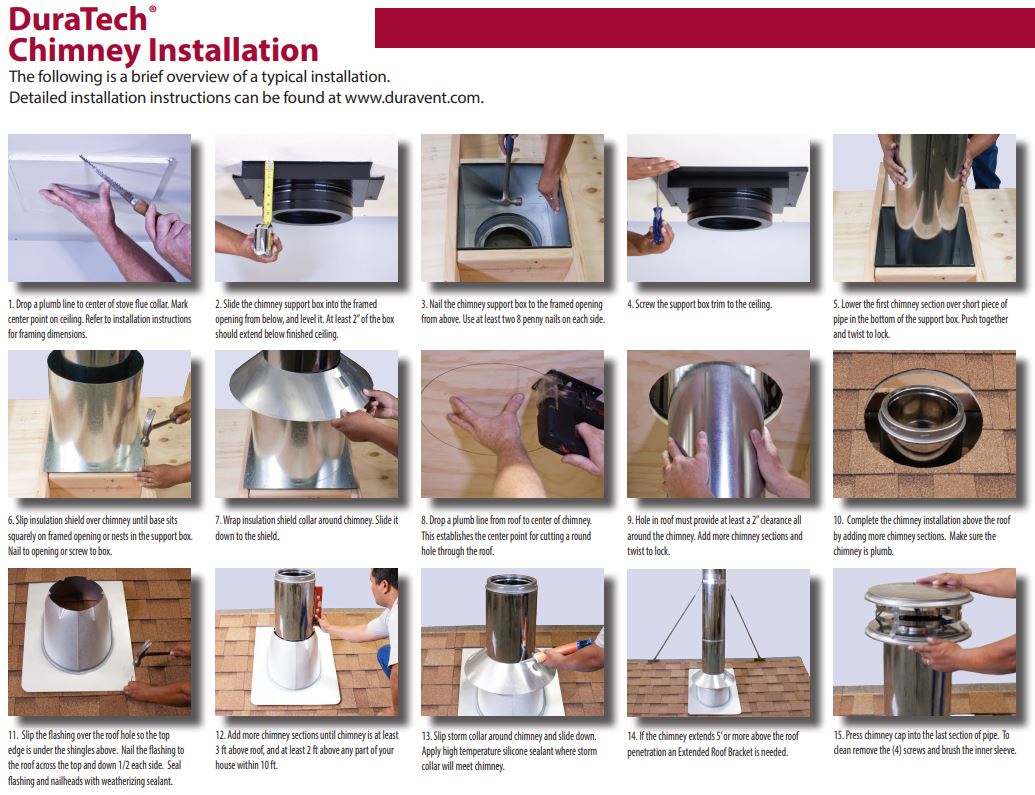
Manufacturer's Warranty
DURAVENT LIMITED LIFETIME WARRANTY
DuraVent, Inc. (“DuraVent”) provides this limited lifetime warranty for all of its products with the exception of Ventinox® (lifetime), and PolyPro® (ten years). Subject to the limitations set forth below, DuraVent warrants that its products will be free from defects in material or manufacturing, if properly installed, maintained and used. DuraVent products are fully warranted if installed only by a professional installer. This Warranty is transferable from the original homeowner to the buyer of the home. This warranty does not cover normal wear and tear, smoke damage or damage caused by chimney fires, acts of God, or any product that was: (1) purchased other than from an authorized DuraVent dealer, retailer or distributor; (2) modified or altered; (3) improperly serviced, inspected or cleaned; or (4) subject to negligence or any use not in accordance with the installation instructions included with the product as determined by DuraVent. Installation instructions are available online at www.duravent.com under Support/Literature and through our Customer Service Department 800-835-4429 or [email protected]. This limited lifetime warranty applies only to parts manufactured by DuraVent.
DuraVent provides the following warranties for its products: One Hundred Percent (100%) MSRP 15 years from the date of purchase, and Fifty Percent (50%) thereafter, except for the following limitations on: all Termination Caps and DuraBlack® are warranted at One Hundred Percent (100%) for five years. All warranty obligations of DuraVent shall be limited to repair or replacement of the defective product pursuant to the terms and conditions applicable to each product line. These remedies shall constitute DuraVent’s sole obligation and sole remedy under this warranty. This warranty provides no cash surrender value. The terms and conditions of this warranty may not be modified, altered or waived by any action, inaction or representation, whether oral or in writing, except upon the express, written authority of an executive officer of DuraVent.
Corn, bio-fuels, driftwood or other wood containing salt, preservative-treated lumber, plastic and household trash or garbage, or wood pellets containing such materials must not be burned in the appliance or fireplace. In case of a chimney fire, the chimney must be inspected and approved by a certified Chimney Sweep before reuse. After each annual inspection, maintenance, and cleaning, the certified Chimney Sweep must fill out and date the appropriate section of the warranty card provided with the chimney liner.
LIMITATIONS ON INTERNET SALES:
Notwithstanding any other terms or conditions of this Limited Lifetime Warranty, DuraVent provides no warranty for the following specific products if such products are not installed by a qualified professional installer: DuraTech®, DuraPlus HTC®, DuraChimney® II, PelletVent Pro®, DirectVent Pro®, FasNSeal®, FasNSeal® W2, FasNSeal® Flex, and PolyPro®, and DuraVent’s relining products including DuraLiner®, DuraFlex® (SW, Pro, 316, 304), and Ventinox®. For purposes of this warranty, a trained professional installer is defined as one of the following: licensed contractors with prior chimney installation experience, CSIA Certified Chimney Sweeps, NFI Certified Specialists, or WETT Certified Professionals.
No posts found
Click on the Add New button below to submit a question about this product. Please ONLY submit product questions. For all other inquiries, please contact us at 1-888-986-1535.
